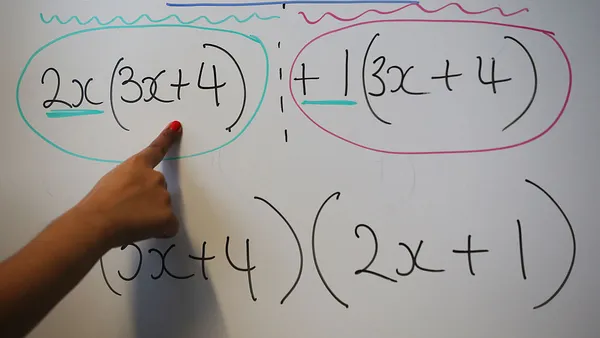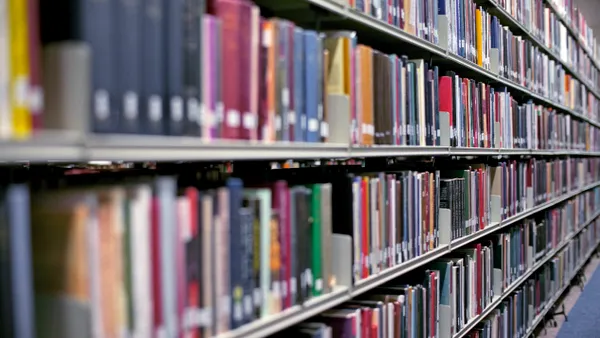Dive Brief:
- Utah’s Juab School District has revamped the way it approaches personalized learning throughout the school day by focusing on building relationships with students, according to The Hechinger Report. The district also made changes to schedules, allowing lunch periods to be more flexible, for example, in how they fit into a student’s day.
- The aim has shifted so that now students work toward their own unique learning goals. Even grades have changed so that teachers assess through four categories, with advanced the highest a child can earn.
- Families and students appear to have a better understanding of what children need to do to be considered proficient in a subject area, and how they earn that level in class and in their work.
Dive Insight:
As more districts move toward personalized and competency-based systems, Utah’s Juab School District provides some lessons for chief academic officers and curriculum specialists. Its decision to emphasize relationships shows that personalized learning is much more than working through a playlist of online lessons. Each child has unique needs and the extent to which schools, especially in middle and high school, can give them a schedule that helps them meet their goals gives students a greater sense of ownership toward their learning.
The district also made some changes to the way students are graded to better support this focus. The district is using what it calls a competency-referenced grading system, which does away with traditional letter grades in favor of awarding credit based on students' mastery of skills and knowledge. This approach is considered by some controversial, as colleges tend to look for grades on their applications, to compare students applying for admission. But the Juab district addresses this concern by continuing to use letter grades on final transcripts sent to colleges — a decision which is meant to appease parents and students focused on the college process, as well.
For superintendents and administrators looking for ways to support students with their unique learning goals and needs, the district is offering a roadmap — albeit one that’s not simple to adopt. Still, if the goal is to help students reach their potential, what Juab is doing may be an example worth watching.






 Dive Awards
Dive Awards







